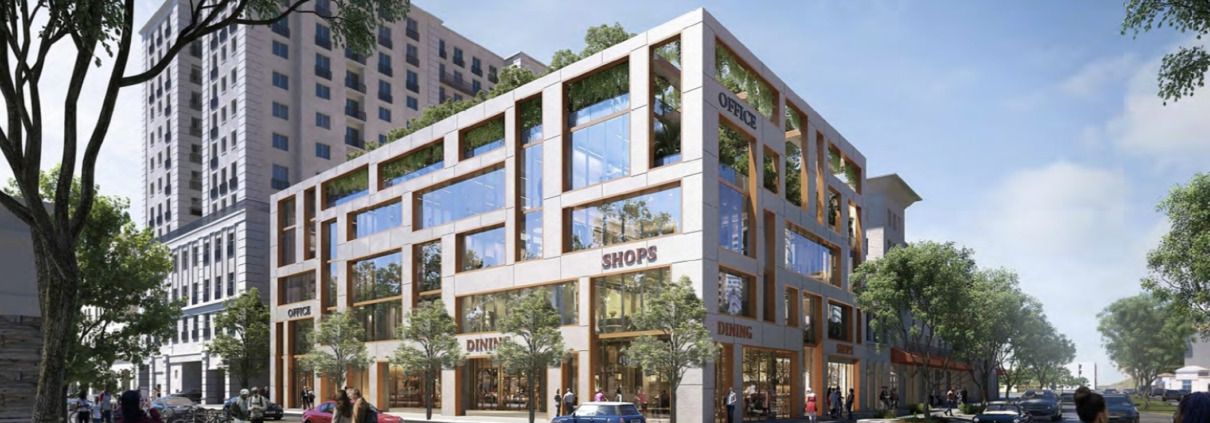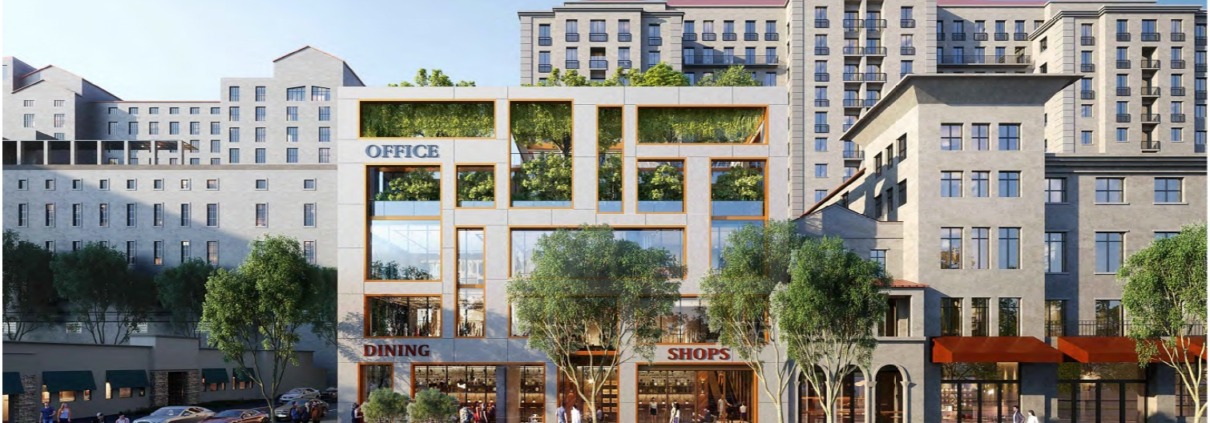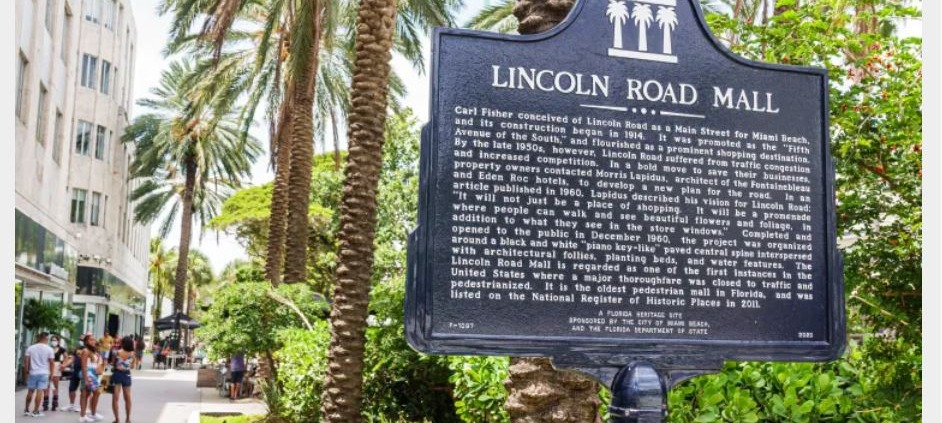Miracle Mile tower project to be developed in Florida
CONSTRUCTION REVIEW ONLINE – September 19, 2022
A 4-story Miracle Mile mixed-use tower has been planned for a 0.2-acre site located in Coral Gables, Florida. Last December, the Miami Beach-based developer, Terranova Corporation, purchased the property for $6.8 million. The site is currently occupied by a former 9,000-square-foot Pharmacy building, which Terranova plans to redevelop into a retail-and-office building.
However, the Miracle Mile tower development still requires certain city approvals and permits to move forward. If all goes as planned, the developers expected the construction to be completed within a year. The building’s proposed 4-story height was intentionally selected to match the Miracle Mile Overlay zone code. The Coral Gables City Commission put this measure in place last year to encourage commercial development, while also limiting overdevelopment.


